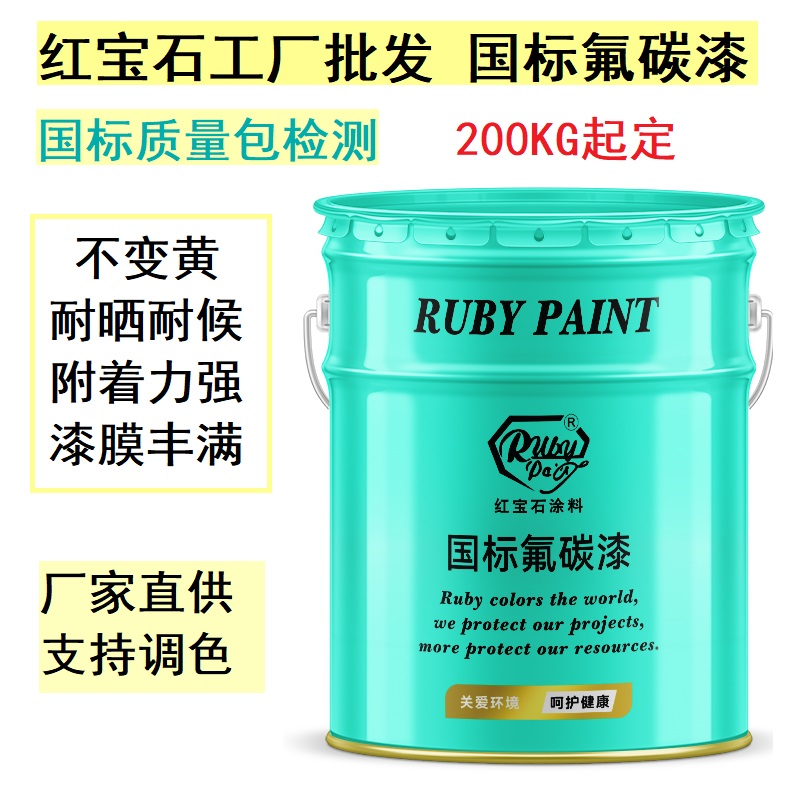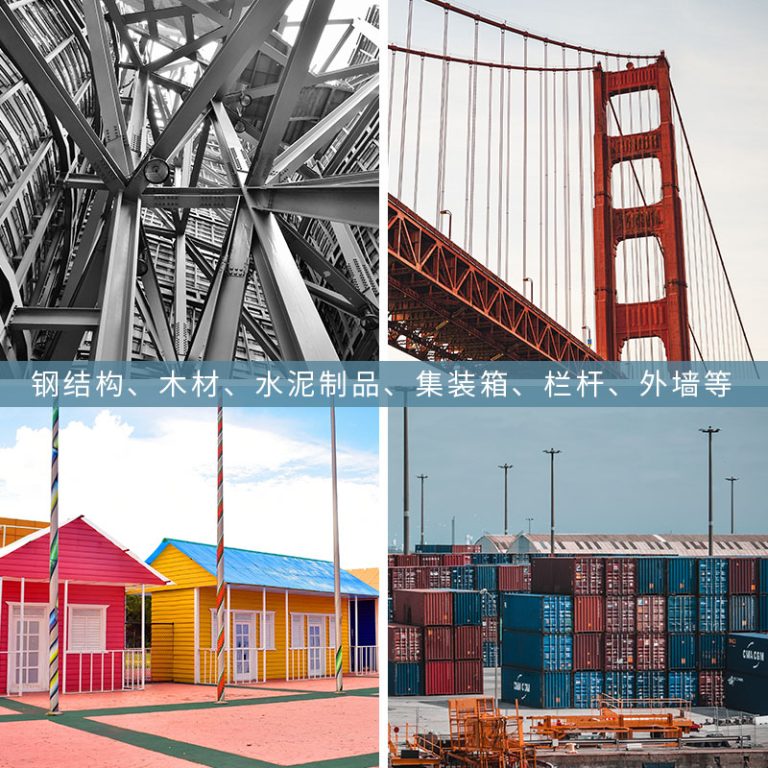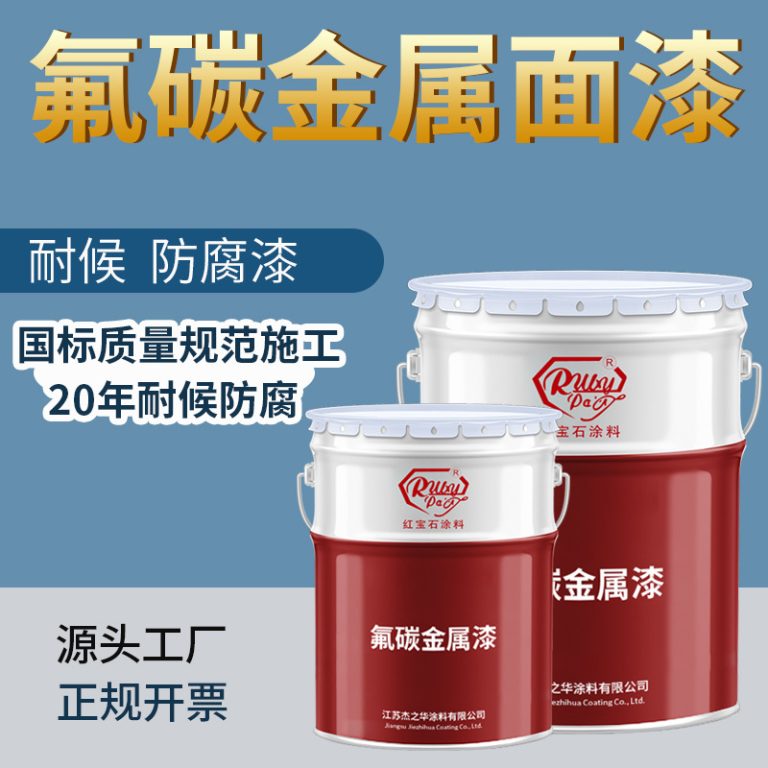Table of Contents
Comparing the Chemical Resistance of PTFE and Fluorocarbon
When it comes to selecting materials for applications that require high chemical resistance, two popular choices often considered are Polytetrafluoroethylene (PTFE) and fluorocarbon. Both materials are known for their exceptional resistance to a wide range of chemicals, making them suitable for use in harsh environments. However, understanding the differences in their chemical resistance can help in making an informed decision about which material is best suited for a specific application.
PTFE, commonly known by the brand name Teflon, is a synthetic fluoropolymer that is highly resistant to a variety of chemicals, including acids, bases, and solvents. Its unique molecular structure, characterized by a carbon backbone surrounded by fluorine atoms, provides it with remarkable stability and inertness. This makes PTFE an excellent choice for applications where exposure to aggressive chemicals is a concern, such as in the chemical processing industry or in laboratory settings.
| No. | Product |
| 1 | Industrial paint |
On the other hand, fluorocarbon, also referred to as Viton, is another type of fluoropolymer that is widely used for its chemical resistance. Fluorocarbon is particularly known for its excellent resistance to high temperatures and aggressive chemicals, such as hydrocarbons, acids, and alkalis. This makes it an ideal material for seals, gaskets, and O-rings in automotive, aerospace, and industrial applications where exposure to harsh chemicals and high temperatures is common.
Despite their similarities, there are some differences in the chemical resistance of PTFE and fluorocarbon that should be considered. PTFE is generally more resistant to a broader range of chemicals compared to fluorocarbon. For instance, PTFE maintains its chemical resistance at very high temperatures, up to 260 degrees Celsius, whereas fluorocarbon’s resistance may start to diminish at temperatures above 204 degrees Celsius. Additionally, PTFE is resistant to virtually all organic solvents, while fluorocarbon may swell or degrade when exposed to certain ketones and esters.

However, fluorocarbon has its own advantages in terms of chemical resistance. It performs better than PTFE in environments where there are high concentrations of aromatic hydrocarbons or chlorinated solvents. This is due to its molecular structure, which includes a higher ratio of fluorine to hydrogen, providing enhanced resistance to these specific types of chemicals.
When choosing between PTFE and fluorocarbon, it is important to consider the specific chemical environment and the temperature conditions of the application. For applications involving a wide range of chemicals and extreme temperatures, PTFE may be the more suitable choice due to its superior overall chemical resistance. However, for applications involving specific chemicals such as aromatic hydrocarbons or chlorinated solvents, fluorocarbon may offer better performance.
In conclusion, both PTFE and fluorocarbon offer excellent chemical resistance, but their suitability for a particular application depends on the specific chemicals and temperature conditions involved. By understanding the differences in their chemical resistance, engineers and designers can make informed decisions about which material to use for optimal performance and durability in their specific applications. Ultimately, the choice between PTFE and fluorocarbon should be based on a thorough evaluation of the application requirements and the chemical environment.
Analyzing the Temperature Tolerance of PTFE vs Fluorocarbon in Industrial Applications
Polytetrafluoroethylene (PTFE) and fluorocarbon, commonly known as Viton, are two types of fluoropolymer materials widely used in various industrial applications due to their exceptional chemical resistance and stability. However, when it comes to temperature tolerance, understanding the differences between these two materials is crucial for selecting the right material for specific industrial applications.
PTFE, often recognized by its brand name Teflon, is renowned for its high heat resistance. It can continuously operate at temperatures up to 260 degrees Celsius (500 degrees Fahrenheit) and can tolerate maximum temperatures of up to 300 degrees Celsius (572 degrees Fahrenheit) for shorter periods. This makes PTFE an excellent choice for applications that involve high-temperature processes, such as heat exchangers, chemical processing equipment, and cooking utensils. Moreover, PTFE maintains its mechanical properties and does not degrade under high thermal conditions, ensuring long-term reliability and performance.
On the other hand, fluorocarbon or Viton, while also highly resistant to heat, generally has a slightly lower temperature tolerance compared to PTFE. Fluorocarbon can withstand continuous service temperatures up to 204 degrees Celsius (400 degrees Fahrenheit) and intermittent exposure up to 260 degrees Celsius (500 degrees Fahrenheit). Although these temperatures are slightly lower than those tolerated by PTFE, fluorocarbon still performs exceptionally well in environments where heat resistance combined with oil, fuel, and chemical resistance is required. This makes it particularly suitable for seals, gaskets, and hoses in automotive, aerospace, and oil and gas industries.
Furthermore, it is important to consider how these materials behave under extreme cold conditions. PTFE remains flexible and functional at temperatures as low as -200 degrees Celsius (-328 degrees Fahrenheit), which is significantly lower than most other plastics. This characteristic is particularly beneficial in cryogenic applications, such as those found in the aerospace and liquefied natural gas (LNG) industries, where materials must withstand very low temperatures without becoming brittle or losing performance.
| No. | Product |
| 1 | Industrial paint |
In contrast, fluorocarbon’s lower limit for temperature tolerance is around -26 degrees Celsius (-15 degrees Fahrenheit). While this is adequate for many applications, it may not be sufficient for specialized low-temperature applications where PTFE would be more appropriate. Therefore, when selecting a material for use in environments with extreme temperature fluctuations, PTFE’s broader temperature range provides a distinct advantage.
In conclusion, both PTFE and fluorocarbon offer excellent temperature tolerance and are suitable for a wide range of industrial applications. However, the choice between these two materials should be based on the specific temperature requirements of the application. PTFE’s ability to withstand both very high and very low temperatures makes it ideal for applications that involve extreme thermal conditions. Meanwhile, fluorocarbon’s strong performance at moderately high temperatures, along with its excellent resistance to oils and chemicals, makes it suitable for applications in the automotive and oil and gas industries. By carefully considering the temperature tolerance and other properties of these materials, engineers and designers can make informed decisions that ensure the reliability and efficiency of their industrial applications.






